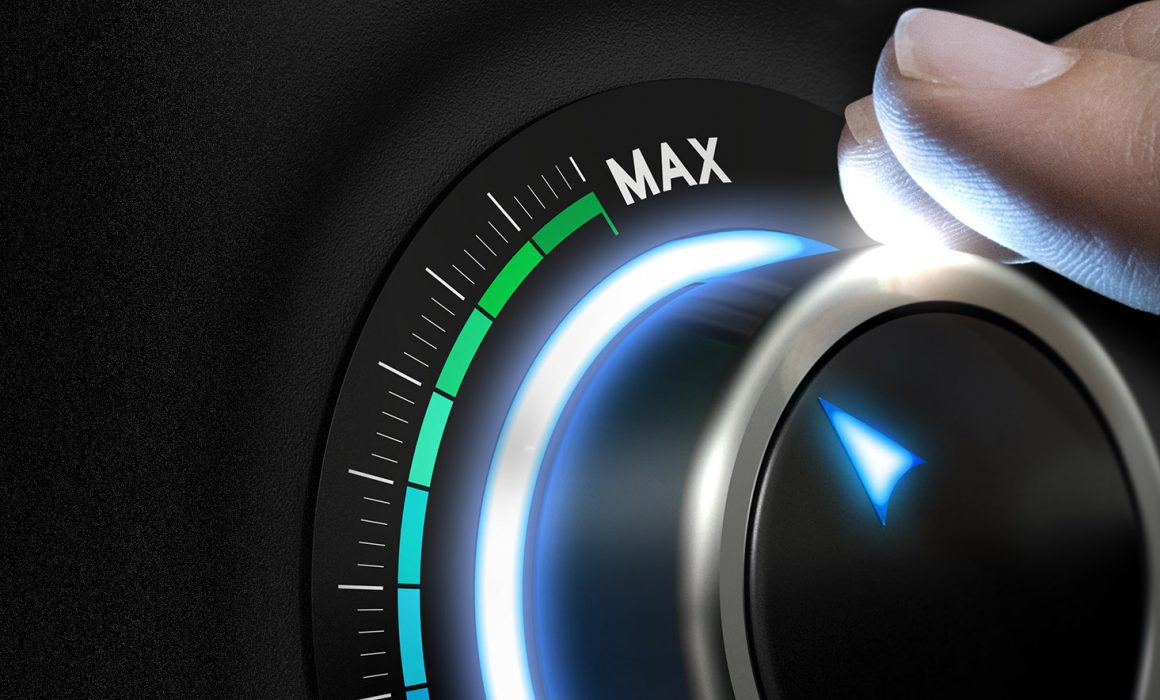Are You Maximising Micro-Moments?
How do you truly capture your audiences’ attention with valuable content at the right time? As marketers, it’s a daily grapple fuelled by tracking tags, understanding consumer behaviour trends and constant monitoring of analytics. The broad scope of user targeting may be distilled down into a series of moments, micro-moments, to be exact.
What are micro-moments?
Micro-moments are those split seconds where time stands; still, your brain’s synapses are firing, causing an intent-rich, instinctive action to occur. An article published by Mention makes the following comment about micro-moments ‘[It’s] when people reflexively turn to a device – increasingly a smartphone – to act on a need to learn something, do something, discover something, watch something, or buy something.’
In a previous article, we discussed Identifying and Adapting to New Consumer Behaviour Trends. In a nutshell, the evolution of technology continually influences (and increases) users’ expectations when searching for information online; this is behaviour has been compounded further with the advancements in mobile usage and an on-the-go lifestyle. Mostly, if you want your brand to dominate Google SERPs, you have to be able to anticipate micro-moments and seize them so that you can deliver precisely what potential customers want before your competitors. Recognising and capitalising on micro-moments is being touted as a game-changer for lead generation and conversion opportunities.
There’s a difference between being seen and being chosen
How many of you are reading this article on your smartphone, right now? Dependence on mobile devices has changed the traditional user journey and split it into thousands of micro-moments, each of which is pertinent to someone, somewhere, at some point in time. Users’ perception and consequent trust of a company can hinge on a single micro-moment sliver. So, if you can optimise your content for these moments, you’re going to be noticed, leading to more leads and increased sales.
Now, anticipation is one thing, but pinpointing consumer behaviour is difficult to standardise. So, by creating content that can be broken down to a valuable fragment will ensure that you are there when the ‘moment presents itself’. According to the abovementioned article, “though mobile is driving this change, this phenomenon has implications far beyond mobile. It affects the entire consumer journey across screens, devices, and channels.
Seize the moment
This begs the question, are ‘traditional’ marketing and strategy planning conventions going to become obsolete? No, on the contrary, micro-moments can be leveraged by the marketing basics of
Understanding your target audience
Implement platforms and methods that entice engagement with your existing and/or prospective customers. Also, keep your ears to the ground about the latest happenings in your industry’s space. If you complement these tactics with continual research, you’ll gain a far more in-depth knowledge of your audiences’ I-want-to-buy-that’ moments and overall purchase decisions.
Deliver relevant, valuable content
Once you have a good grasp of who you’re targeting; how your message is delivered is the next hurdle. An omnichannel marketing strategy is an effective way to achieve a holistic view of which channels will convey the moment effectively. Remember, not every channel may be suitable for a particular message, so focus on one or two platforms that will bring maximum exposure. For example, if you’re communicating through images and/or video, consider using social media platforms such as Facebook and Instagram.
Measure the moments
Capture every marketing qualified lead and conversion to establish user interaction. When working with micro-moments, it’s unlikely that the journey is going to be linear; therefore, accurate analysis and interpretation of the collected data is paramount to try and streamline somewhat erratic patterns. It’s definitely not an easy task; it will challenge seasoned SEOs and search marketing specialists, but the payoff is that you’ll be able to identify subtle connections which you may not have seen otherwise, on which you can capitalise.
The ability to be the brand that’s there, with the right message when your customers need you will tick every box required to ensure lucrative return on investment.
Types of Google-friendly micro-moments
You may be thinking, ‘Okay, this makes sense theoretically, but are micro-moments actually recognised by Google?’ Yes, they will be! There are four different types of micro-moments, according to Think with Google.
Moment one: The ‘I-want-to-know’ moment
These are instances where a user searches for specific information.
Moment two: The ‘I-want-to-go’ moment
These are situations where the user searches for local businesses within a specific industry because they want to go there now. They would type in a question such as ‘Chinese restaurants near me’. If your company is currently signed up for Google My Business, do yourself a favour and get registered right away. Your business will be more visible on Google SERPs.
Moment three: ‘I-want-to-do’ moment
This situation occurs when a prospective customer is searching for instructions to solve a problem. E.g. How do I manage my personal finances during a crisis?
Moment four: ‘I-want-to-buy’ moment
These are moments during which users are looking to make a purchase. Many people aren’t committed to a brand but will generally purchase from the one which supplies the required information upfront.
Interestingly, the concept of micro-moments has been around since 2015, yet it can be argued it generally hasn’t been used to its full potential. It challenges the status quo which is vital if you want to succeed in breaking audience complacency barriers and ousting the competition. If you’d like help from professional digital marketers to help you integrate this seamlessly into your business strategy, we have a highly experienced dedicated marketing team ready to assist maximising micro-moments.



